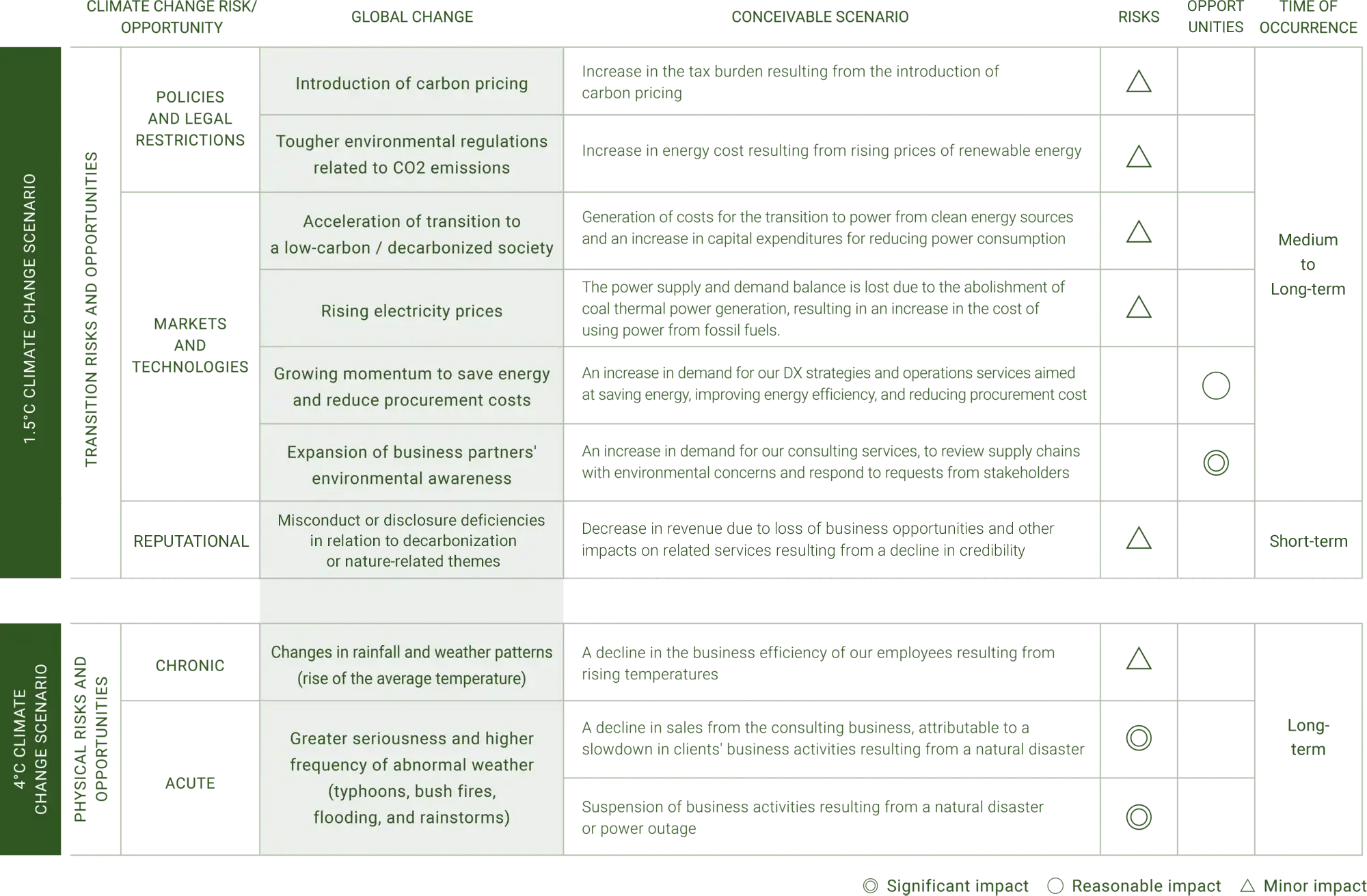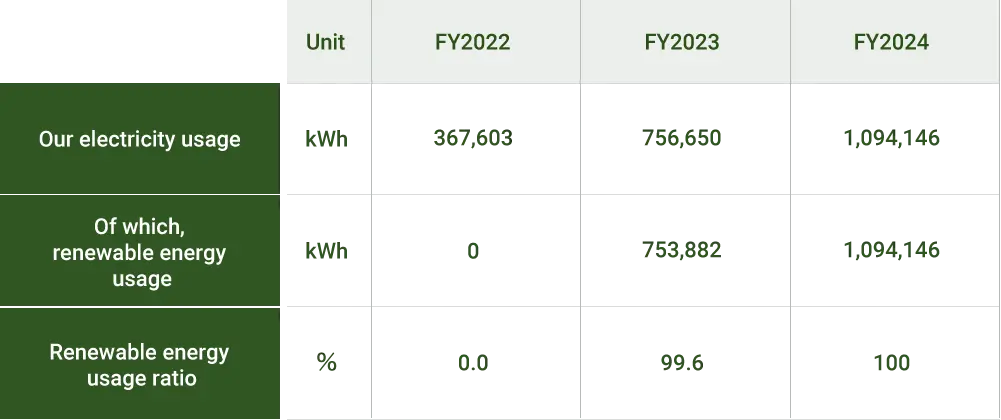
Developing an External Communications Strategy Based on a Review of ESG Materiality
We provided comprehensive support to the communications department to ensure accurate communication of the company's ESG initiatives to investors and rating agencies. Additionally, we offered suggestions on the company's future ESG development.









